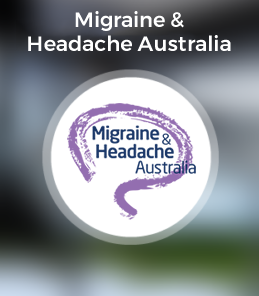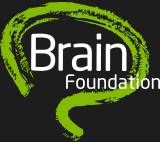Description
Trigeminal neuralgia, also called tic douloureux, is a condition that affects the trigeminal nerve, one of the largest nerves in the head. This nerve is responsible for sending impulses of touch, pain, pressure, and temperature to the brain from the face, jaw, gums, forehead, and around the eyes, as well as mediating the pain of headache.
Trigeminal neuralgia is characterized by a sudden, severe, electric shock-like or stabbing pain typically felt on one side of the jaw or cheek. Some people have mild, occasional twinges of pain, while others have frequent, severe, electric-shock-like pain. Some of those who initially experience short, mild attacks may undergo a quick progression in the condition, with longer, more frequent episodes of jolting, piercing pain.
The disorder is more common in women than in men and rarely affects anyone younger than 50, unless there is some underlying condition such as multiple sclerosis. Attacks may be triggered by talking, brushing teeth, touching the face, chewing, or swallowing. They may come and go throughout the day and last for days, weeks, or months at a time, and then disappear for months or years.
Most cases of trigeminal neuralgia are caused by a blood vessel pressing on the trigeminal nerve as it emerges from the brain stem inside the skull causing the insulating material around the nerve to be broken down. The cause of other cases is uncertain.
Treatment
Treatment for trigeminal neuralgia includes anticonvulsant medications such as carbamazepine or phenytoin. Baclofen, clonazepam, gabapentin, and valproic acid may also be effective and may be used in combination to achieve pain relief.
If medication fails to relieve pain, more active treatment may be recommended: microvascular decompression; balloon compression; radiofrequency lesion of the nerve, fine-beacon radiotherapy; or surgical exploration of the nerve. Pain relief is achieved in a high percentage of cases but in a significant number of cases pain may recur after some time, and some instances of temporary or permanent numbness in areas of the face have resulted.
Prognosis
The condition tends to come and go. Attacks of pain may be experienced off and on all day, or for days or weeks at a time, or no pain may be experienced for a prolonged period of time.
However in most cases, the prognosis is good.
Further information
Click here for the latest Australian research papers on Trigeminal Neuralgia
Trigeminal Neuralgia Association of Australia (TNAA)
(Conducts support groups in Adelaide, Brisbane, Gold Coast, Melbourne, Sunshine Coast, and Sydney CBD)
PO Box 1611, Castle Hill NSW 1756
Information contact – Members@tnaaustralia.org.au
www.tnaaustralia.org.au
National Institutes of Neurological Disorders and Stroke – USA
https://www.ninds.nih.gov/Disorders/All-Disorders/Trigeminal-Neuralgia-Information-Page
Trigeminal Neuralgia Association (USA)
www.tna-support.org
Reviewed by Professor James Lance, AO, CBE, Neurologist
DISCLAIMER: The information provided is designed to support, not replace, the relationship that exists between a patient / site visitor and his / her existing health care professionals.




 The Brain Foundation is the largest, independent funder of brain and spinal injury research in Australia. We believe research is the pathway to recovery.
The Brain Foundation is the largest, independent funder of brain and spinal injury research in Australia. We believe research is the pathway to recovery.